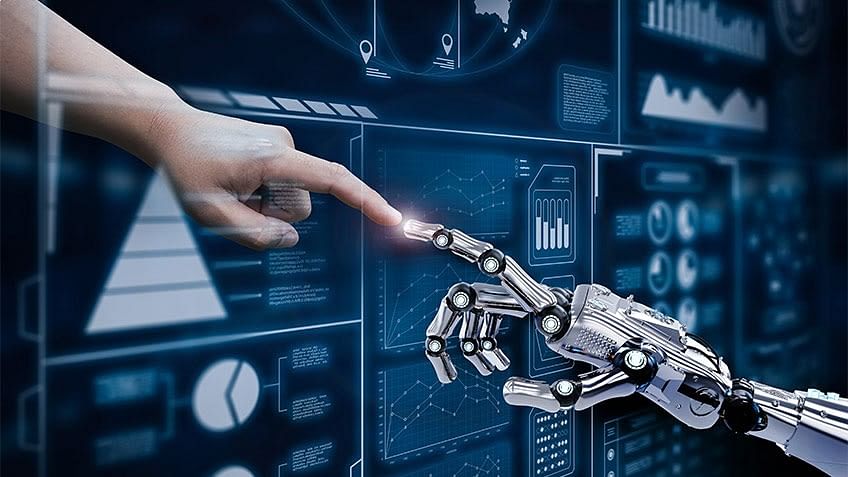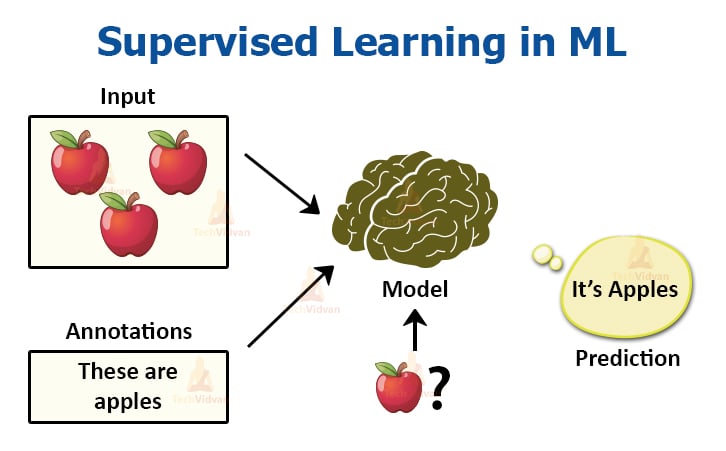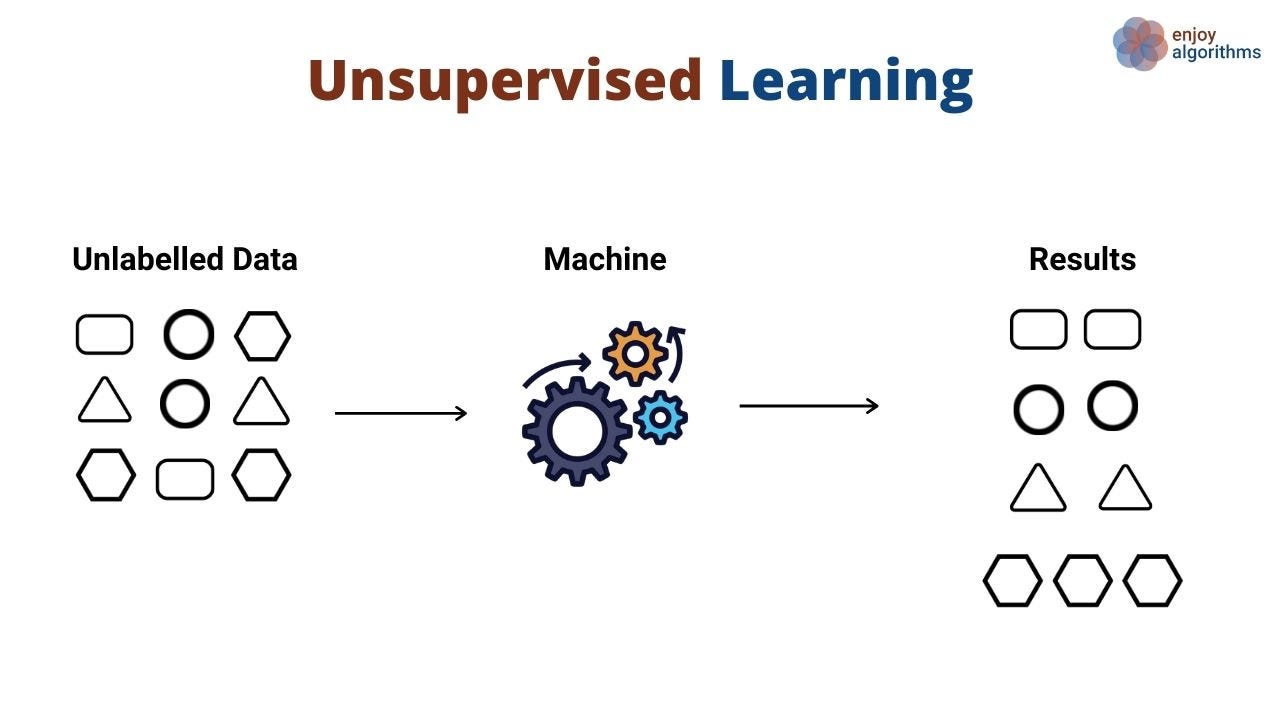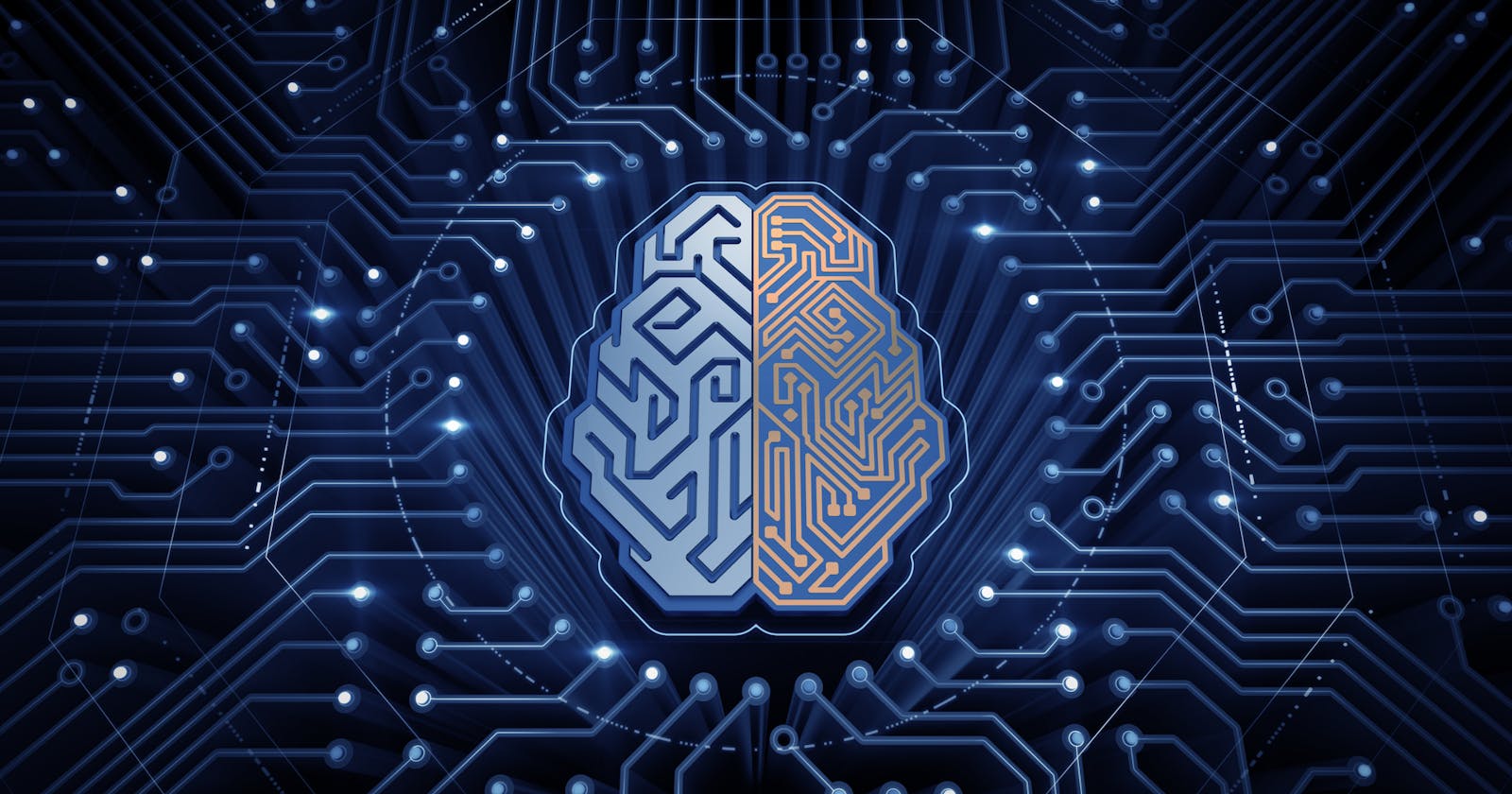I. Introduction
Hey and welcome, curious minds, to my blog post on Machine Learning! are you ready to go on an exciting 5-minute reading journey through the mysterious and perpetual world of machine learning?
Machine Learning is like a superpower that allows computers to learn and improve from real-world experience without being explicitly programmed. It's as if we've given computers the ability to observe, reason, and learn on their own. With this power, we can analyze massive amounts of data, discover new patterns, and make accurate predictions.
The implications of Machine Learning are enormous, and it has already revolutionized various fields such as healthcare, finance, marketing, and transportation. It has given us the tools to make better decisions, create personalized experiences, and optimize our operations.
In this blog, we're going to embark on an adventure together to explore the world of Machine Learning. We'll discover its applications, advantages, and challenges. We'll learn about the different types of Machine Learning and the popular frameworks and tools used to develop intelligent algorithms.
So grab a cup of coffee, put on your thinking cap, and let's take a deep dive into the mysterious and exciting world of Machine Learning. Trust me; it's going to be a wild ride!
II. Machine learning

As we already read about what Machine Learning is in the introduction, now let's see what makes it different from traditional programming and see how ML is used in our everyday lives.
Compared to traditional programming, where developers explicitly code rules and instructions into software, Machine Learning algorithms can learn and adjust their own rules by analyzing large amounts of data. This allows for more accurate predictions and more sophisticated decision-making in complex situations.
Machine learning is almost everywhere around us, from autonomous automobiles to voice assistants on our smartphones. so let's look at some examples of machine learning in our daily lives:
Virtual Assistants - Amazon's Alexa, Apple's Siri, Google Assistant and Samsung's Bixby are virtual assistants that use Machine Learning algorithms to understand and respond to voice commands given by the user.
Online Advertising - Machine Learning algorithms can predict which ads a user is likely to click on, based on their browsing history and previous ad engagement. Almost every company uses user data to recommend personalized ads be it promoting their own product or something that the user has been looking into on the internet
III. Types of Machine Learning
There are mainly three types of Machine Learning namely:
-Supervised learning
-Unsupervised learning
-reinforcement learning
Supervised Learning:

It is algorithms that learn X->Y, where X is the input label and Y is the right answers
so essentially what we do is give the learning algorithm examples of the "right answers", here "right answers" mean the correct output for the problem/input X.
it is the widely used machine learning model and some examples of Supervised learning include image classification, speech recognition, and spam detection.
Unsupervised Learning:

It is algorithms that don't have the "right answers" to problem X but have "answers" that are unlabeled, so it is the job of the learning algorithm to identify patterns and relationships and group similar data points together.
Examples of unsupervised learning include clustering, anomaly detection, and dimensionality reduction.
Reinforcement Learning:

Reinforcement learning is a type of Machine Learning where the algorithm learns through trial and error. The algorithm receives feedback from the developer in the form of rewards or penalties for its actions and adjusts its behavior accordingly.
Examples of reinforcement learning include game-playing agents, robotics, and autonomous vehicles.
In summary, supervised learning is used when the data is labeled, unsupervised learning is used when the data is unlabeled, and reinforcement learning is used when the algorithm must learn through trial and error.
IV. Applications of Machine Learning

Machine Learning has a wide range of applications across various industries, including healthcare, finance, and retail. so let's look at how ML is used in these fields.
Healthcare - Machine Learning is used in healthcare to improve patient outcomes, reduce costs, and enhance the accuracy of diagnoses. Applications of Machine Learning in healthcare include medical image analysis, drug discovery, and predictive modeling.
Finance - Machine Learning is used in finance to improve fraud detection, enhance risk management, and develop more accurate trading models. Applications of Machine Learning in finance include credit scoring, fraud detection, and stock price prediction.
Retail - Machine Learning is used in retail to improve customer experience, enhance inventory management, and develop more accurate demand forecasting. Applications of Machine Learning in retail include product recommendations, personalized marketing, and supply chain optimization.
V. Challenges in Machine Learning
While Machine Learning is awesome and is a rapidly growing field, there is still a lot of room for improvement and poses several problems that must be overcome to produce more accurate and effective learning models.
so let's look at some of the challenges in machine learning:
Bias - it is the tendency of Machine Learning algorithms to favor certain outcomes or predictions over others. This can occur if the data used to train the model is biased in some way, or if the algorithm itself is biased.
Overfitting - it occurs when a Machine Learning model is too complex and fits the training data too closely. This can lead to poor generalization, where the model performs poorly on new, unseen data.
regularization and cross-validation can be done to overcome this problem.
Data Quality - The quality of the data used to train Machine Learning models is critical to their accuracy and effectiveness. Poor data quality, including missing or incorrect values, can lead to inaccurate models that perform poorly on new data.
VI. Future of Machine Learning

Well, I don't have to tell you about what the future holds for us in terms of Machine Learning since we all know it is going to be one of the most interesting and exciting fields to work in and contribute to.
In terms of industries, Machine Learning is already having a significant impact on fields such as autonomous vehicles, healthcare, and retail. As machine learning techniques become more sophisticated, we can expect to see even more significant impacts on industries such as manufacturing, transportation, and energy.
Overall, the future of machine learning is full of exciting potential, and we can expect to see many new developments and applications in the years to come.
VII. Conclusion
In conclusion, in this blog, we learned about what is machine learning, how it is different from traditional programming, and the types of machine learning models which include Supervised Learning, Unsupervised Learning and Reinforcement Learning. we also learned about the different applications of Machine Learning, the challenges in Machine Learning and the end we also discussed the potential future of Machine Learning.
